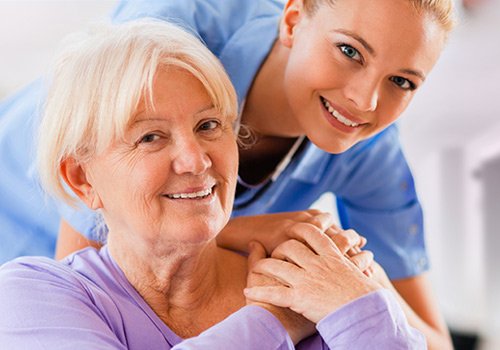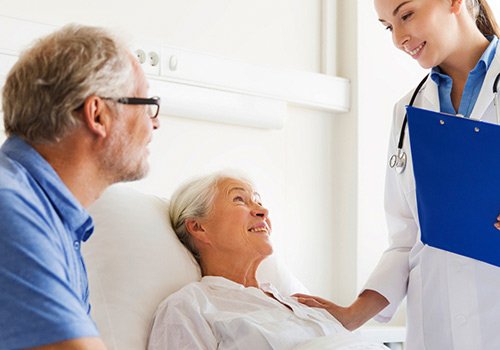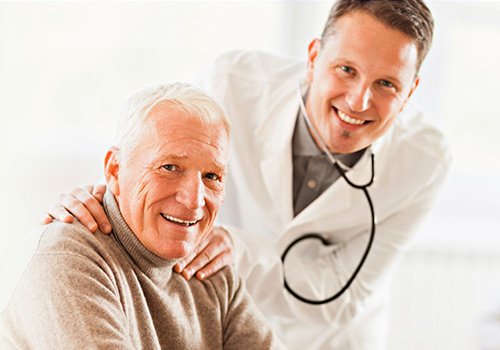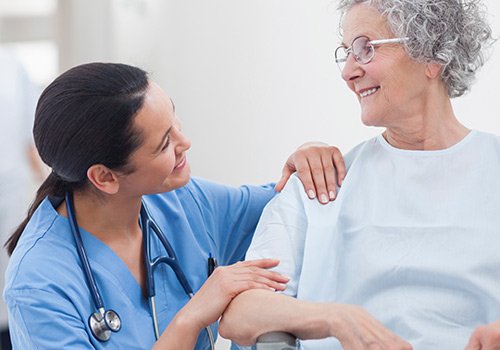Breast Pain
Breast pain, also referred to as mastalgia is a common ailment among women. It is generally described as soreness, sharp burning pain or a feeling of tightness in the breast tissues. Pain may range from mild to severe and can affect women of any age; either in premenopausal or postmenopausal. But it is more frequent in younger women before menopause.
In general, breast pain is not a sign of cancer, but rarely can be a symptom of breast cancer. If breast pain doesn't go away after your next menstrual cycle or persists after menopause it should be assessed by your doctor.
Classification
Breast pain can be broadly categorized into 2 groups:
Cyclical mastalgia: Cyclical mastalgia is a common type of breast pain and is related to the menstrual cycle. Nearly, every woman may feel cyclic mastalgia during their life span, as it is considered a natural phenomenon that often occurs a week prior to menstruation. The pain varies with the menstrual cycle, gradually rises from middle of the cycle and normally reduces with the onset of menstruation. Cyclic mastalgia may affect either one or both breasts; usually in the upper outer breast area and may radiate to the armpit and arm.
Cyclic mastalgia is more common in premenopausal women between 30 to 40 years of age. Patients are usually advised to keep a record of breast pain as well as highlight the frequency of severe pain by maintaining a pain diary for at least 2-3 months. This helps to categorize the breast pain and also to determine the cause and treatment of breast pain.
Non-cyclical mastalgia: Non-cyclical mastalgia is not associated with the menstrual cycle. The pain may be continuous or intermittent and usually affects a single breast. It is commonly seen in women after menopause or in the age group of 40 to 50 years.
Breast pain can also occur as a result of physical injury or sports activity affecting the chest wall including the muscles, ribs and ligaments. Such type of breast pain comes under non-cyclical mastalgia.
Non-cyclical mastalgia is further sub- categorized into:
- True non-cyclical breast pain: It arises from the breast but is not related with menstrual cycle.
- Extra mammary or chest wall pain: It is felt in the breast area but often has an origin outside of the breast. Inflammation of the chest wall and conditions such as costochondritis (inflammation of the cartilage joining the ribs to the breastbone) may cause such breast pain.
- Hormonal changes that occur during menstrual cycle
- Breast structures: Non-cyclic mastalgia usually occurs as a result of structural changes in the breast due to cysts, trauma, previous breast surgery and many other factors.
- Use of certain hormonal medications
- Fatty acid imbalance
- Breast size: Large breast size is more prone to non-cyclic breast pain and can be accompanied with neck, shoulder and back pain.
- Breast surgery: May produce breast pain even after incision.
- Wear a well-fitting and supportive bra
- Eat a healthy well adequate balanced diet
- Take vitamin supplements
- Avoid excessive use of caffeine and consume low-fat diet
- Take prescribed medication for pain relief
- Practice relaxation techniques to reduce stress and anxiety
- If you take birth control pills, consult your physician to reduce the dose or discuss alternate medication
Causes
The exact cause of breast pain is not known, however certain factors that may be involved in mastalgia include:
Diagnosis:
The diagnosis of mastalgia includes clinical breast examination and use of imaging techniques such as mammogram or ultrasound. In some cases, biopsy or samples of any breast lumps can be taken and sent for laboratory analysis.
Treatment
In most cases, breast pain resolves on its own without any treatment. However, some of the tips that can help relieve breast pain include:




















